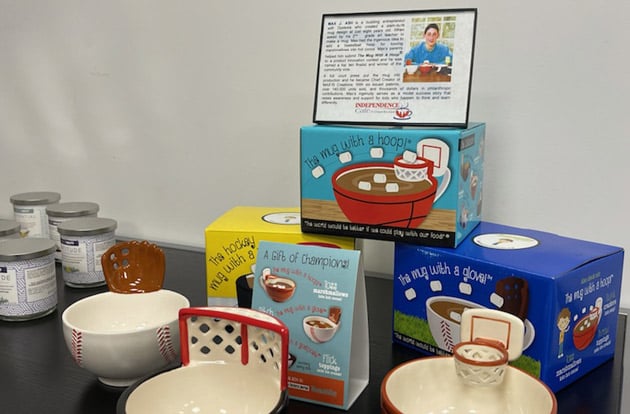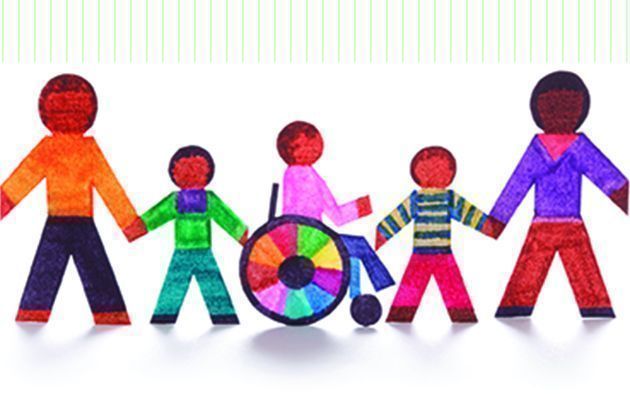Get the Best Winter Activities
3. Teach the task slowly, allowing the child to learn each step before adding on. Following the program’s structure and using the rhymes consistently will help promote memorization of the sequence, which is sometimes an area of difficulty for children with Down syndrome. When you are teaching, place the laced shoe on a table in front of you and the child, making sure that you are facing the same direction, rather than facing each other. Use the photographic cues and demonstrate each step before asking the child to try. Avoid hand-over-hand assistance.
4. Provide frequent teaching sessions so the child is always building on what she has learned, but keep sessions short to avoid frustration.
5. When the child masters tying a shoe on a table, move to tying a shoe he is wearing. Create a place where the child will sit to tie shoes, using a low stool or a bottom step, so he sits with his foot flat on the floor. He should be positioned so that he can see his laces and reach them easily.
It is important to tackle tasks like shoe tying with the understanding that learning is a process, sometimes a long one. As your child works to master this new skill, take care to reward every effort and celebrate every success. Shoe tying is a tricky thing to teach, but helping a child feel like a “big kid” makes it all worthwhile.
Alice Blair is an occupational therapist.







.jpg)
